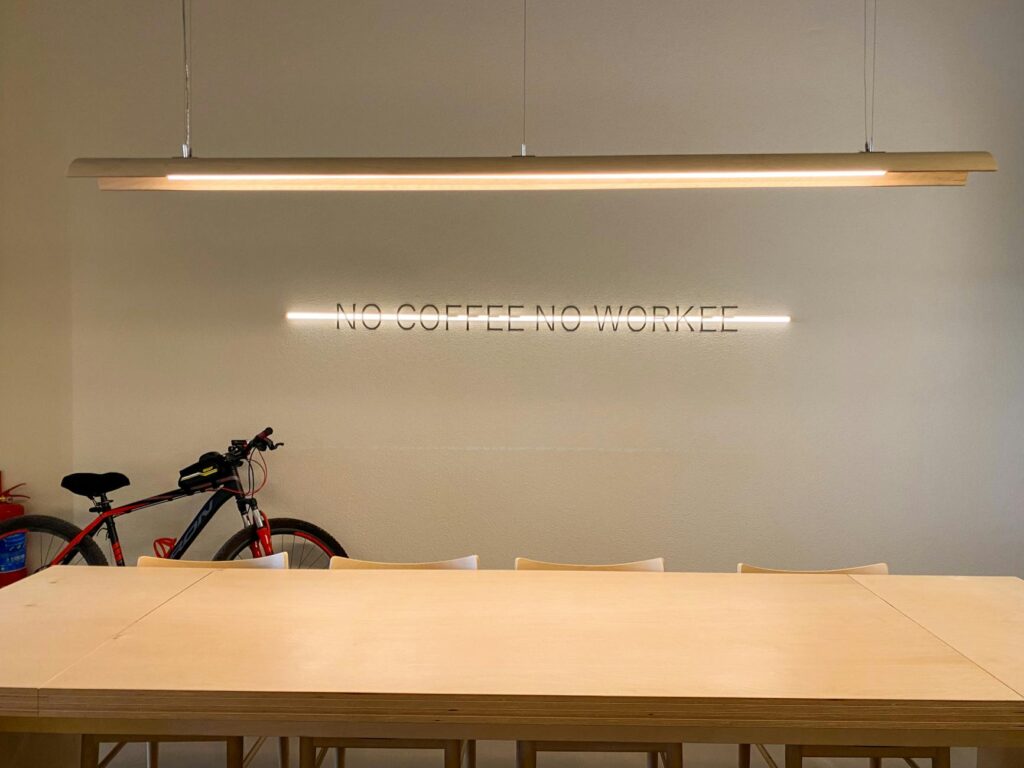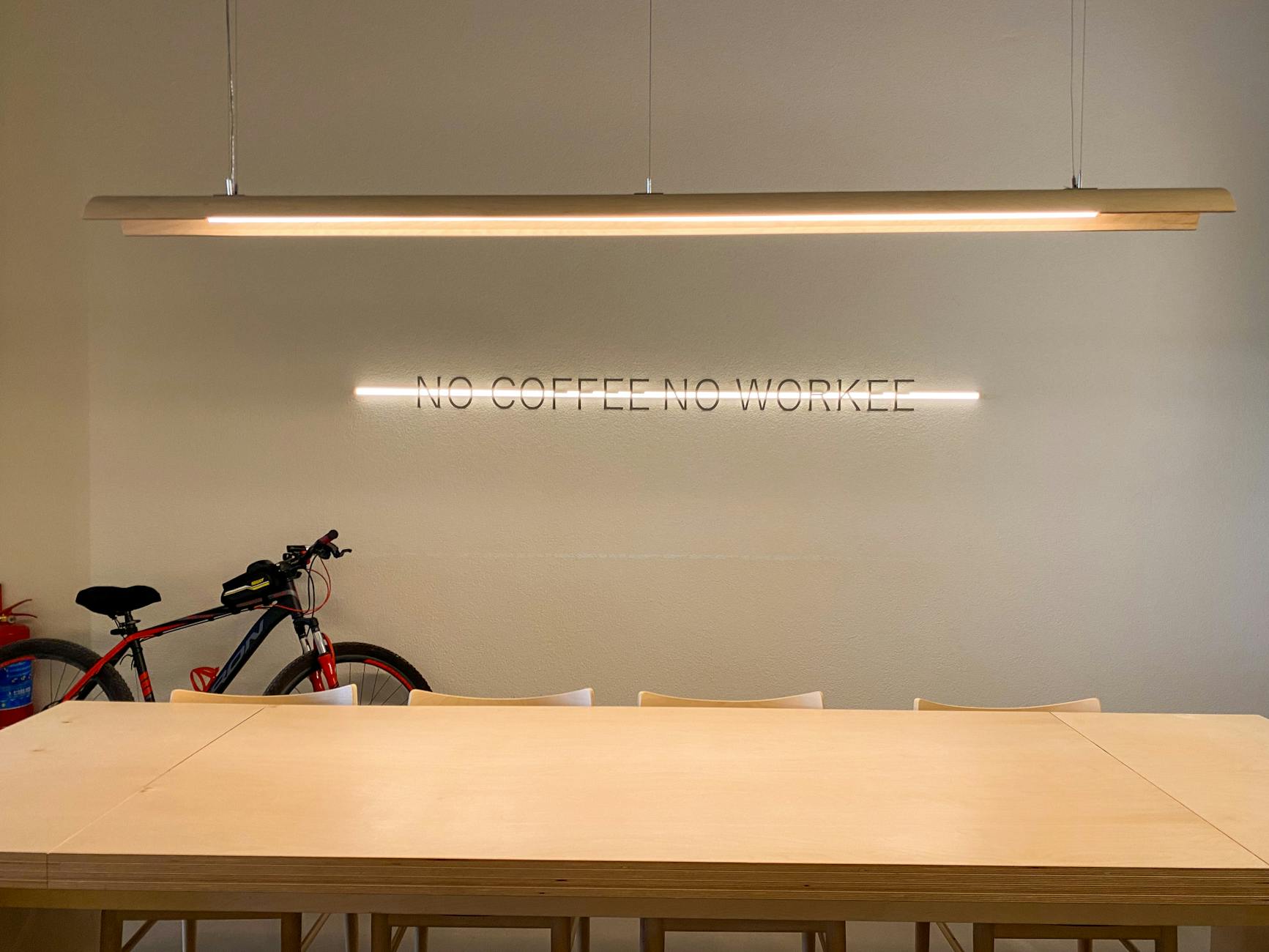What is focus-friendly workspace design?

What is focus-friendly workspace design?
Creating a workspace that fosters productivity and promotes well-being is crucial in today’s fast-paced environment. Focus-friendly workspace design emphasizes creating an atmosphere conducive to concentration and efficiency. By minimizing distractions and optimizing the physical environment, you can enhance your focus, making it easier to accomplish tasks effectively.
Defining Focus-Friendly Workspace Design
Focus-friendly workspace design is about crafting an environment tailored to support concentration and productivity. It involves understanding how various elements, from furniture to lighting, affect our ability to work effectively. The goal is to create a space where distractions are minimized, and focus is maximized.
Core Principles of Focus-Friendly Design
At the heart of focus-friendly design lie several core principles:
-
Minimalism: A clutter-free environment allows our minds to concentrate on the task at hand. Reducing visual noise can significantly enhance focus.
-
Ergonomic Design: Comfort is key. Ergonomically designed furniture helps prevent fatigue and discomfort, keeping you engaged longer.
-
Sensory Considerations: The sensory aspects of a workspace—like noise levels, lighting, and color—play a crucial role in how effectively you can concentrate.
Objectives of a Focus-Friendly Workspace
The primary objectives include:
- Enhancing Concentration: Creating an environment that allows for deeper focus on tasks.
- Reducing Distractions: Implementing strategies to minimize interruptions from both the physical environment and technology.
- Promoting Well-being: A workspace designed with well-being in mind can enhance job satisfaction and reduce stress.
Key Elements of a Focus-Friendly Workspace
To build a focus-friendly workspace, certain elements are essential.
Ergonomic Furniture
The right furniture can make a world of difference. Adjustable desks that allow you to switch between sitting and standing help maintain energy levels throughout the day. Comfortable chairs that support your posture will prevent discomfort and fatigue. Proper lighting is also vital, as it can reduce eye strain and enhance mood.

Photo by Esma Çokluk
Strategic Layouts
The arrangement of your workspace can greatly impact your ability to focus. By organizing furniture and equipment to minimize distractions, you create a more efficient workflow. For instance, keeping your desk facing away from high-traffic areas can help maintain concentration and reduce interruptions.
Personalization and Aesthetics
Adding personal touches—like plants, artwork, or photos—can make your workspace feel more inviting. A pleasant aesthetic can uplift your mood and enhance your focus. Additionally, colors can affect productivity; for example, blues and greens are known to promote calmness and concentration.
Tips for Creating Your Own Focus-Friendly Workspace
Creating a focus-friendly workspace doesn’t have to be complicated. Here are some actionable tips to help you get started.
Decluttering and Organizing
Start by decluttering your workspace. Keep only essential items on your desk and store away anything that isn’t needed daily. Implement organizing tools such as trays or drawer dividers to maintain a clear workspace.
Technology and Tools for Focus
Consider using apps that promote focus and reduce distractions, such as Pomodoro timers or website blockers. These tools can help you stay on task and manage your time effectively.
Setting Boundaries
Establish clear boundaries regarding technology and interruptions. This may involve informing coworkers of your focused work sessions or setting “do not disturb” times. By reducing interruptions, you can maintain deeper concentration.
The Impact of Focus-Friendly Workspace Design on Productivity
Implementing focus-friendly workspace design can lead to significant improvements in productivity.
Real-Life Case Studies
Many companies have adopted focus-friendly designs, seeing positive results. For example, a tech firm redesigned its workspace by incorporating quiet zones and collaborative spaces. This resulted in increased employee satisfaction and productivity, illustrating the effectiveness of a well-planned workspace.
Measuring Productivity Improvements
To evaluate the effectiveness of your focus-friendly design, consider metrics such as task completion rates, employee satisfaction surveys, and overall morale. Regularly assess how changes affect your productivity levels.
Conclusion
Focus-friendly workspace design is more than just a trend; it’s a necessity in today’s work environment. By implementing strategies that reduce distractions and promote well-being, you can significantly enhance your productivity. Start by making small changes in your workspace today, and watch how they transform your work habits and overall satisfaction. A focus-friendly environment doesn’t just support your work; it also nurtures your well-being.